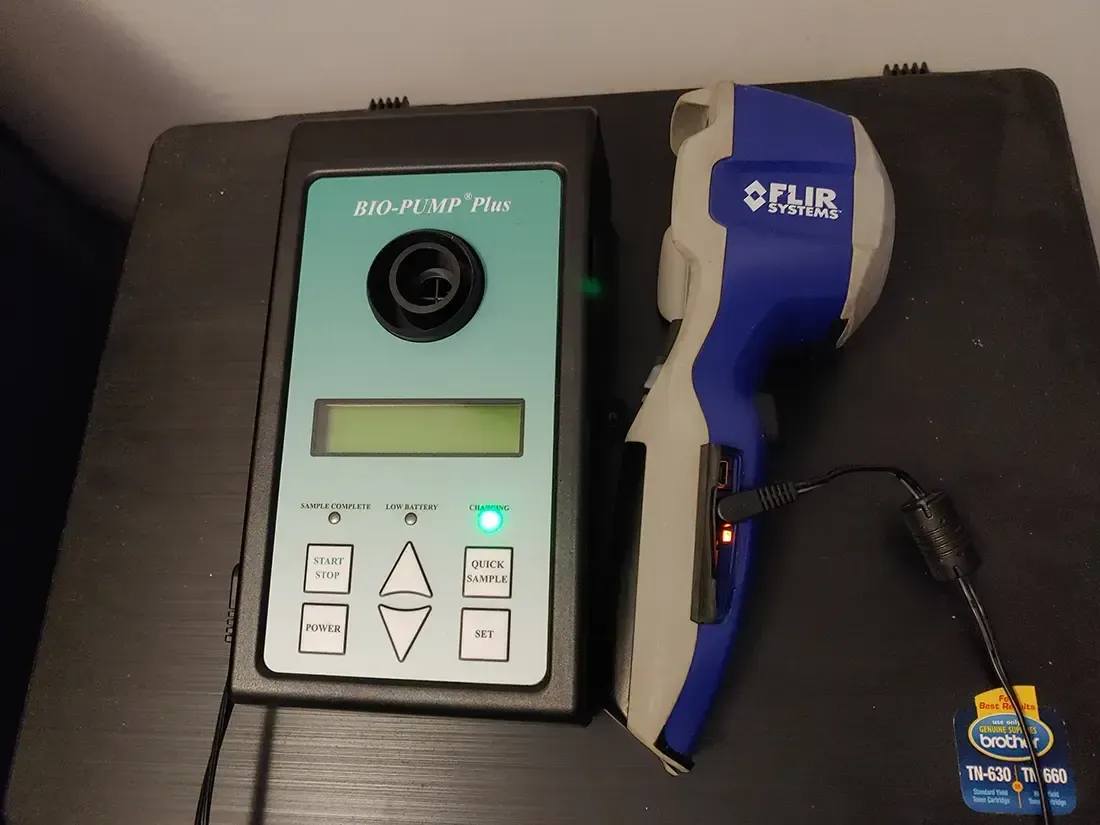Does My Myrtle Beach Basement Have Mold?

In Myrtle Beach, the basement beneath your home quietly battles against moisture nearly daily. Coastal humidity regularly seeps into concrete foundations and wall cavities, turning an unnoticed dampness into a breeding ground for mold. You might sense something is off—a faint musty smell or slightly damp surfaces—but quickly dismiss it, thinking the problem minor. Yet, mold doesn’t wait until it’s visible before causing trouble.
According to the Environmental Protection Agency (EPA), even minor basement moisture problems can lead directly to mold within 24 to 48 hours. Recognizing and addressing these issues promptly is critical for the safety of your home and the health of everyone who lives in it. Understanding how to detect basement mold, judge its seriousness, and know if a dehumidifier alone can solve the issue are your best tools for protecting your Myrtle Beach home.
How Do I Accurately Check My Basement for Mold?
Because mold thrives silently, homeowners need a specific, systematic way to confirm its presence in Myrtle Beach basements. Casual inspections or guessing aren’t enough—hidden mold colonies often grow undetected behind walls, beneath carpeting, or along wooden joists. Following an organized inspection checklist is crucial.
· Check humidity levels precisely: Mold needs moisture. A digital hygrometer provides the exact humidity level, and anything consistently above 60% signals conditions perfect for mold growth.
· Look carefully for surface clues: Black, green, or white fuzzy patches on walls, beams, boxes, or furniture indicate active mold. Even subtle dark stains on wooden joists or drywall are early warning signs.
· Pay attention to odors: Mold produces an earthy, musty smell that persists despite attempts at ventilation. If odors linger, mold is likely hidden nearby.
· Use professional-grade testing: Tape lift tests of surfaces and air sampling performed by certified mold inspectors provide conclusive proof. These tests verify species, severity, and whether mold colonies are actively growing.
By precisely identifying moisture and mold presence, you avoid costly guesswork. Accurate checks determine if mold is present, how severe it is, and what immediate steps you must take to resolve it before it worsens.
Is it Safe to Spend Time in a Basement with Mold?
Spending time in a mold-contaminated basement carries documented health risks. According to the Centers for Disease Control and Prevention (CDC), prolonged exposure to mold can cause coughing, wheezing, sinus congestion, and even chronic respiratory issues. People with existing respiratory conditions, allergies, or asthma face a heightened risk.
Mold spores don’t remain confined to the basement. Even minimal airflow, like opening the basement door, can pull spores upstairs, potentially contaminating the air throughout the home. Symptoms indicating unsafe mold exposure include:
· Persistent cough or sore throat
· Unexplained headaches or dizziness
· Sudden or worsening allergy symptoms indoors
· Fatigue or trouble breathing at home but not elsewhere
If visible mold growth or a persistent musty odor is present, limiting your time in that area and scheduling professional remediation quickly is the safest choice. Ignoring mold health risks can turn manageable problems into chronic health concerns.
Will a Dehumidifier Completely Remove Basement Mold?
Homeowners in Myrtle Beach often believe that placing a dehumidifier in their basement will eliminate mold growth. Dehumidifiers help by reducing humidity below the mold-friendly threshold of 60%, making them critical in mold prevention. However, once mold colonies take hold, a dehumidifier cannot fix the issue alone.
The Clemson Cooperative Extension clearly states that mold remediation requires physically removing mold colonies. The pros and cons of dehumidifiers are as follows:
· Effectively prevent new mold growth by keeping humidity low
· Stop existing mold from growing further by limiting the moisture available to spores
· Cannot remove mold already rooted on surfaces like drywall, wood, or cardboard
· Cannot erase spores already present in basement air
If mold is already present, physical cleaning or professional mold remediation is essential. A dehumidifier is an integral part of a comprehensive solution, not the entire one.
What Should Myrtle Beach Homeowners Do Next?
Basements in Myrtle Beach naturally battle moisture from local humidity, storms, and groundwater. Regular and accurate mold checks and humidity control prevent mold from silently damaging your home. But if a thorough inspection reveals mold—or if persistent odors and health symptoms suggest its hidden presence—fast action is required.
Mastertech Environmental of Myrtle Beach specializes in detailed basement mold inspections using advanced methods like moisture mapping, thermal imaging, and third-party lab testing. These precise techniques identify where mold is located, how severe the problem is, and what exact steps are needed to resolve it.



